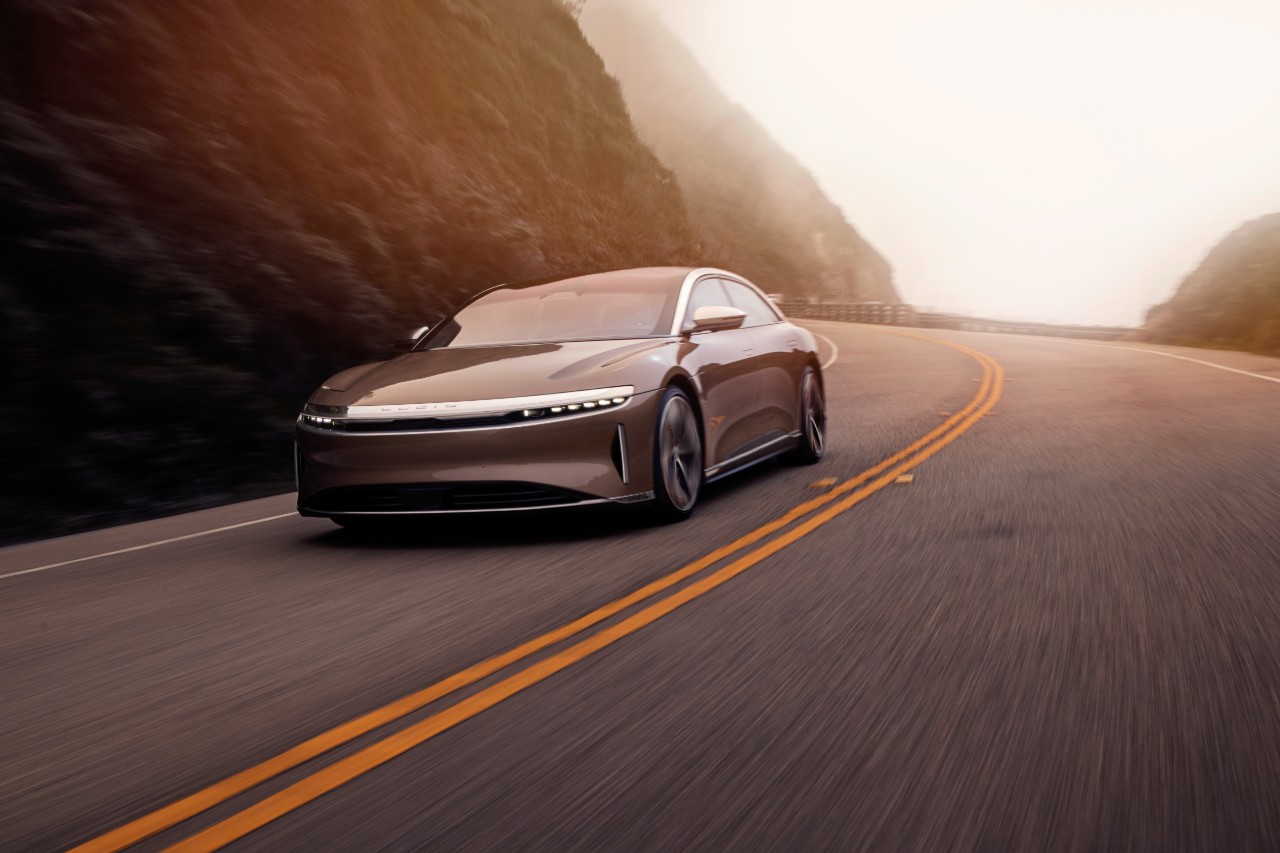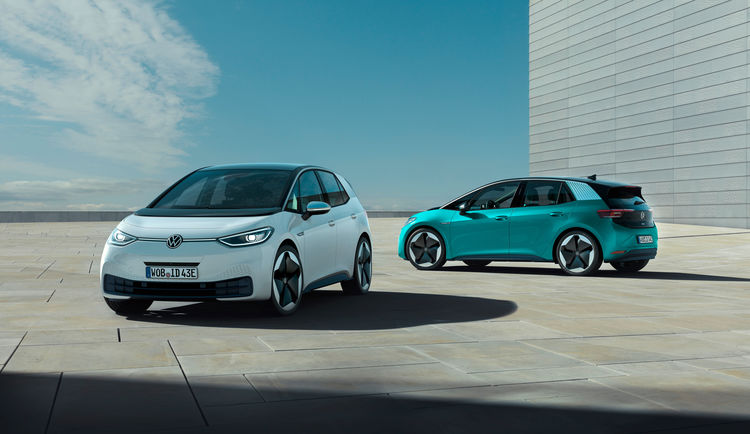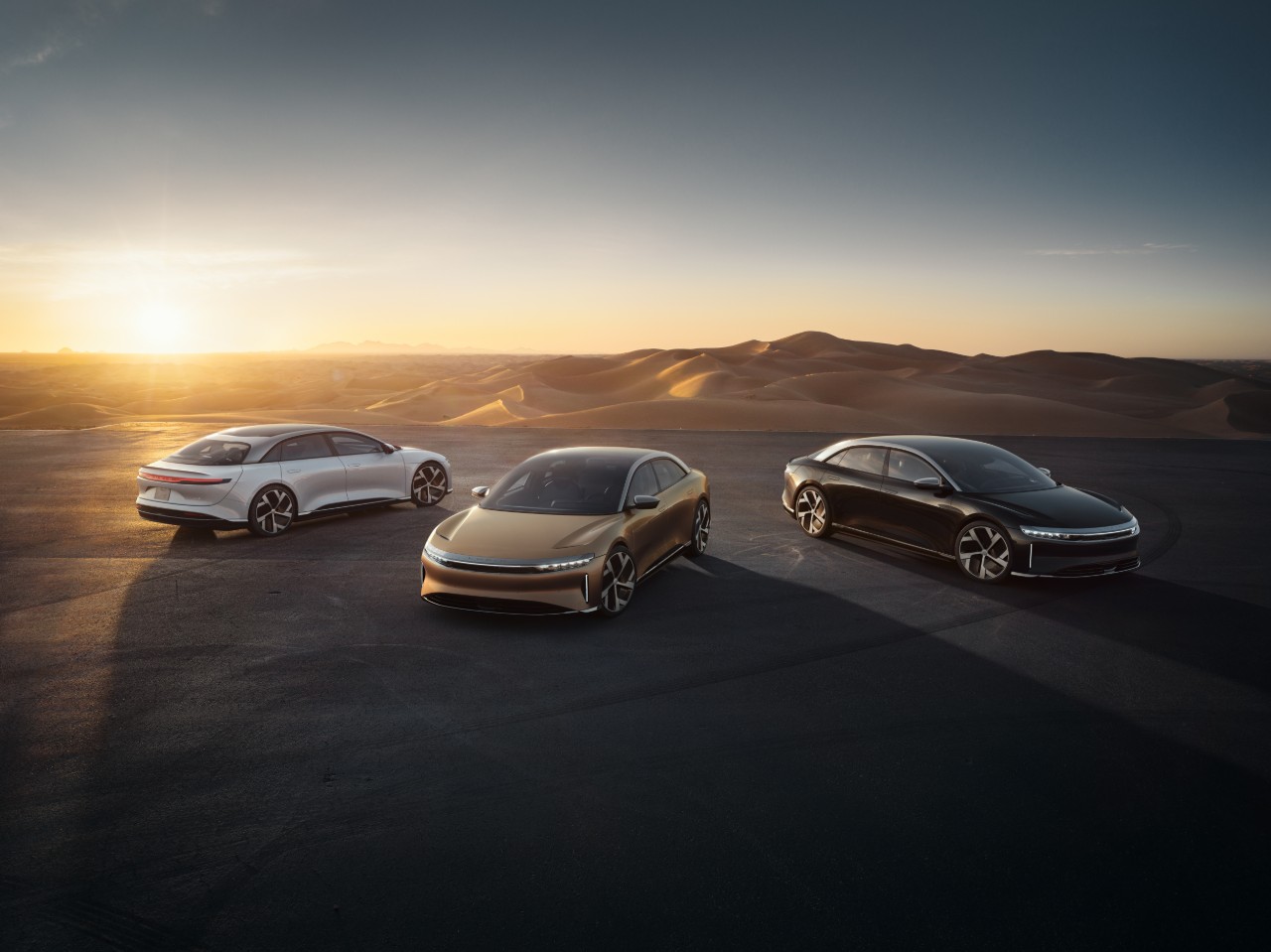Lucid’s unveiling of the Air was impressive; there is no doubt about that. It has all the ingredients for a great electric car: Speed, power, capability, luxuriousness, range, quality engineering, and a team of highly-dedicated engineers who are working to improve upon the already solid foundation that the company has laid down.
Immediately, what thought came to my mind while watching the presentation was, “They’re legit.” It is evident that Lucid was taking things seriously and was not using a bunch of fancy B-roll and suspenseful music to sell a product that wasn’t in production. No way. Lucid was dead serious about their car, and they recognize that until production begins and the Air starts being delivered to consumers, they haven’t accomplished a damn thing.
That’s a refreshing mindset in today’s day and age. To be honest, I understand a lot of companies are coming out and saying that they’re the next big thing. They’re the next Tesla, and their EV platform is the one that is going to solve all the problems.

These claims have come up empty time and time again. But Lucid definitely took a different approach. While describing and laying out the Air piece by piece for viewers to gauge thoughts on, the company’s CEO Peter Rawlinson was vocally supportive of Lucid’s efforts this far. However, he knows that the hard work is far from over. Just ask Elon Musk, who called Model 3 manufacturing “production hell” a few years ago.
That is what is super respectable about Lucid. They know that production is the real test, and it is one that never ends. After manufacturing begins and cars are delivered, there will be room for celebration, and there will be time to look at the accomplishments over the last five years. Until then, it’s hard work and grinding it out.
But it begs the question, can Lucid catch up to Tesla? Is this possible?
This is a preview from our weekly newsletter. Each week I go ‘Beyond the News’ and handcraft a special edition that includes my thoughts on the biggest stories, why it matters, and how it could impact the future.
Tesla has a considerably-sized head start by a few years over Lucid, and Tesla has already been given the nod that it has a multi-year advantage over some of the biggest companies in the world. Volkswagen and Audi have both admitted it in the past, but their focus has not primarily been on EVs. Gas cars have filled the minds of VW CEOs for years.
Ever since VW has started manufacturing the ID.3 and ID.4, they have been plagued with a variety of issues that have been software related. Volkswagen has fantastic engineering, and the problems they have faced have been hindering the company’s ability to release a quality EV promptly.
Now, VW has an extensive and successful history in automotive manufacturing. While they have only a few years of experience with developing electric cars, they have still stumbled from time to time, and this is after having so many years of manufacturing experience.

Lucid could experience some of those problems when the production of the Air begins. These issues could be a big problem because they may delay the ultimate delivery date of the Dream Edition, which is Spring 2021.
However, there is a chance that Lucid has worked out all of the kinks. Let’s not forget that Lucid didn’t spring up overnight. It was originally Atieva and was founded in 2007. It seems that a lot of the significant work was done when Peter Rawlinson came on, who worked for Tesla and helped with the Model S.
Rawlinson is a seasoned and experienced veteran, and he has done some awe-inspiring things with Lucid thus far. But is there a chance that Lucid can catch up to Tesla? Sure, but what proof is there that they have a chance?
First off, it is the range. 517 miles of range in the Air, which is impressive considering it is only a 113 kWh battery pack. This is an unheard-of amount of traveling distance in an EV and is considerably more than the Model S’ 402-mile rating. Next, the performance of the Air is critical to the company’s competition with Tesla. The Air is faster than the Model S Performance, but will it be faster than the Plaid Mode Model S? It is unknown, but many seem to think that the newly-engineered flagship sedan from Tesla will be the perfect answer to the Air. Whether that becomes a reality or not remains to be seen.
What is ultimately essential with the development of the Air is we can see that real EV manufacturers are coming to light with competitive products. For so long, legacy automakers have pumped out half-hearted attempts at producing an electric car. They throw a low kWh battery pack into a sedan, give it 100 miles of range and call it “the next big thing.” News flash: it isn’t. If you want to compete in this sector, you have to give consumers a reason to want your vehicle over a Tesla, which is really the benchmark at this point, especially since the Model 3 is widely affordable.
Lucid answered a lot of those questions on Wednesday night. They proved that their car is worth it, and they have plenty of things that could be “better” than what Tesla has to offer. But, it might not be for long, because Elon Musk is the master at taking the wind from a competitor’s sails when a new product is launched.
In reality, anything can happen. But the good news is the fact that Tesla now has a real competitor who seems to be serious about EV manufacturing. There is no goal way down the road for production, and their car works and is tested. With the competition, Tesla could see its best days yet, and Lucid could ultimately be another driving force behind widespread EV adoption.
A big thanks to our long-time supporters and new subscribers! Thank you.
I use this newsletter to share my thoughts on what is going on in the Tesla world. If you want to talk to me directly, you can email me or reach me on Twitter. I don’t bite, be sure to reach out!

News
Tesla China quietly posts Robotaxi-related job listing
Tesla China is currently seeking a Low Voltage Electrical Engineer to work on circuit board design for the company’s autonomous vehicles.

Tesla has posted a new job listing in Shanghai explicitly tied to its Robotaxi program, fueling speculation that the company is preparing to launch its dedicated autonomous ride-hailing service in China.
As noted in the listing, Tesla China is currently seeking a Low Voltage Electrical Engineer to work on circuit board design for the company’s autonomous vehicles.
Robotaxi-specific role
The listing, which was shared on social media platform X by industry watcher @tslaming, suggested that Tesla China is looking to fill the role urgently. The job listing itself specifically mentions that the person hired for the role will be working on the Low Voltage Hardware team, which would design the circuit boards that would serve as the nervous system of the Robotaxi.
Key tasks for the role, as indicated in the job listing, include collaboration with PCB layout, firmware, mechanical, program management, and validation teams, among other responsibilities. The role is based in Shanghai.
China Robotaxi launch
China represents a massive potential market for robotaxis, with its dense urban centers and supportive policies in select cities. Tesla has limited permission to roll out FSD in the country, though despite this, its vehicles have been hailed as among the best in the market when it comes to autonomous features. So far, at least, it appears that China supports Tesla’s FSD and Robotaxi rollout.
This was hinted at in November, when Tesla brought the Cybercab to the 8th China International Import Expo (CIIE) in Shanghai, marking the first time that the autonomous two-seater was brought to the Asia-Pacific region. The vehicle, despite not having a release date in China, received a significant amount of interest among the event’s attendees.
Elon Musk
Elon Musk and Tesla AI Director share insights after empty driver seat Robotaxi rides
The executives’ unoccupied tests hint at the rapid progress of Tesla’s unsupervised Robotaxi efforts.

Tesla CEO Elon Musk and AI Director Ashok Elluswamy celebrated Christmas Eve by sharing personal experiences with Robotaxi vehicles that had no safety monitor or occupant in the driver’s seat. Musk described the system’s “perfect driving” around Austin, while Elluswamy posted video from the back seat, calling it “an amazing experience.”
The executives’ unoccupied tests hint at the rapid progress of Tesla’s unsupervised Robotaxi efforts.
Elon and Ashok’s firsthand Robotaxi insights
Prior to Musk and the Tesla AI Director’s posts, sightings of unmanned Teslas navigating public roads were widely shared on social media. One such vehicle was spotted in Austin, Texas, which Elon Musk acknowleged by stating that “Testing is underway with no occupants in the car.”
Based on his Christmas Eve post, Musk seemed to have tested an unmanned Tesla himself. “A Tesla with no safety monitor in the car and me sitting in the passenger seat took me all around Austin on Sunday with perfect driving,” Musk wrote in his post.
Elluswamy responded with a 2-minute video showing himself in the rear of an unmanned Tesla. The video featured the vehicle’s empty front seats, as well as its smooth handling through real-world traffic. He captioned his video with the words, “It’s an amazing experience!”
Towards Unsupervised operations
During an xAI Hackathon earlier this month, Elon Musk mentioned that Tesla owed be removing Safety Monitors from its Robotaxis in Austin in just three weeks. “Unsupervised is pretty much solved at this point. So there will be Tesla Robotaxis operating in Austin with no one in them. Not even anyone in the passenger seat in about three weeks,” he said. Musk echoed similar estimates at the 2025 Annual Shareholder Meeting and the Q3 2025 earnings call.
Considering the insights that were posted Musk and Elluswamy, it does appear that Tesla is working hard towards operating its Robotaxis with no safety monitors. This is quite impressive considering that the service was launched just earlier this year.
Elon Musk
Starlink passes 9 million active customers just weeks after hitting 8 million
The milestone highlights the accelerating growth of Starlink, which has now been adding over 20,000 new users per day.

SpaceX’s Starlink satellite internet service has continued its rapid global expansion, surpassing 9 million active customers just weeks after crossing the 8 million mark.
The milestone highlights the accelerating growth of Starlink, which has now been adding over 20,000 new users per day.
9 million customers
In a post on X, SpaceX stated that Starlink now serves over 9 million active users across 155 countries, territories, and markets. The company reached 8 million customers in early November, meaning it added roughly 1 million subscribers in under seven weeks, or about 21,275 new users on average per day.
“Starlink is connecting more than 9M active customers with high-speed internet across 155 countries, territories, and many other markets,” Starlink wrote in a post on its official X account. SpaceX President Gwynne Shotwell also celebrated the milestone on X. “A huge thank you to all of our customers and congrats to the Starlink team for such an incredible product,” she wrote.
That growth rate reflects both rising demand for broadband in underserved regions and Starlink’s expanding satellite constellation, which now includes more than 9,000 low-Earth-orbit satellites designed to deliver high-speed, low-latency internet worldwide.
Starlink’s momentum
Starlink’s momentum has been building up. SpaceX reported 4.6 million Starlink customers in December 2024, followed by 7 million by August 2025, and 8 million customers in November. Independent data also suggests Starlink usage is rising sharply, with Cloudflare reporting that global web traffic from Starlink users more than doubled in 2025, as noted in an Insider report.
Starlink’s momentum is increasingly tied to SpaceX’s broader financial outlook. Elon Musk has said the satellite network is “by far” the company’s largest revenue driver, and reports suggest SpaceX may be positioning itself for an initial public offering as soon as next year, with valuations estimated as high as $1.5 trillion. Musk has also suggested in the past that Starlink could have its own IPO in the future.










